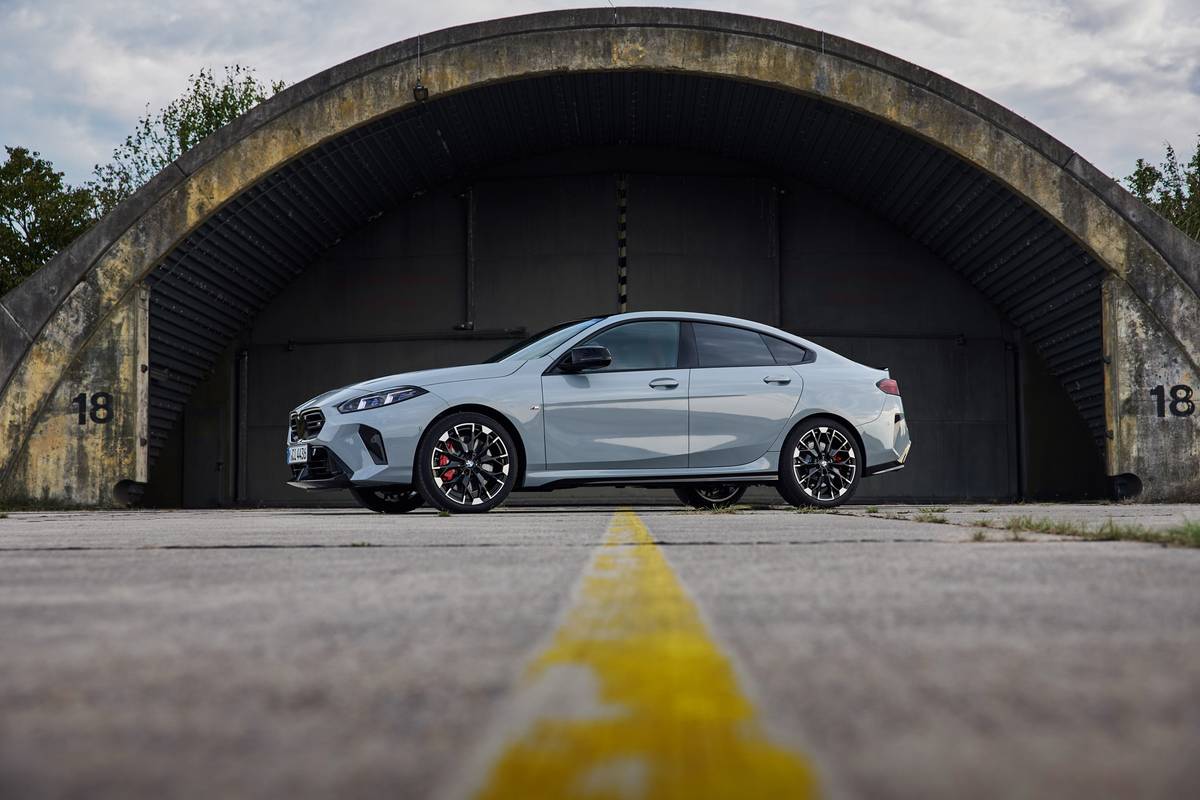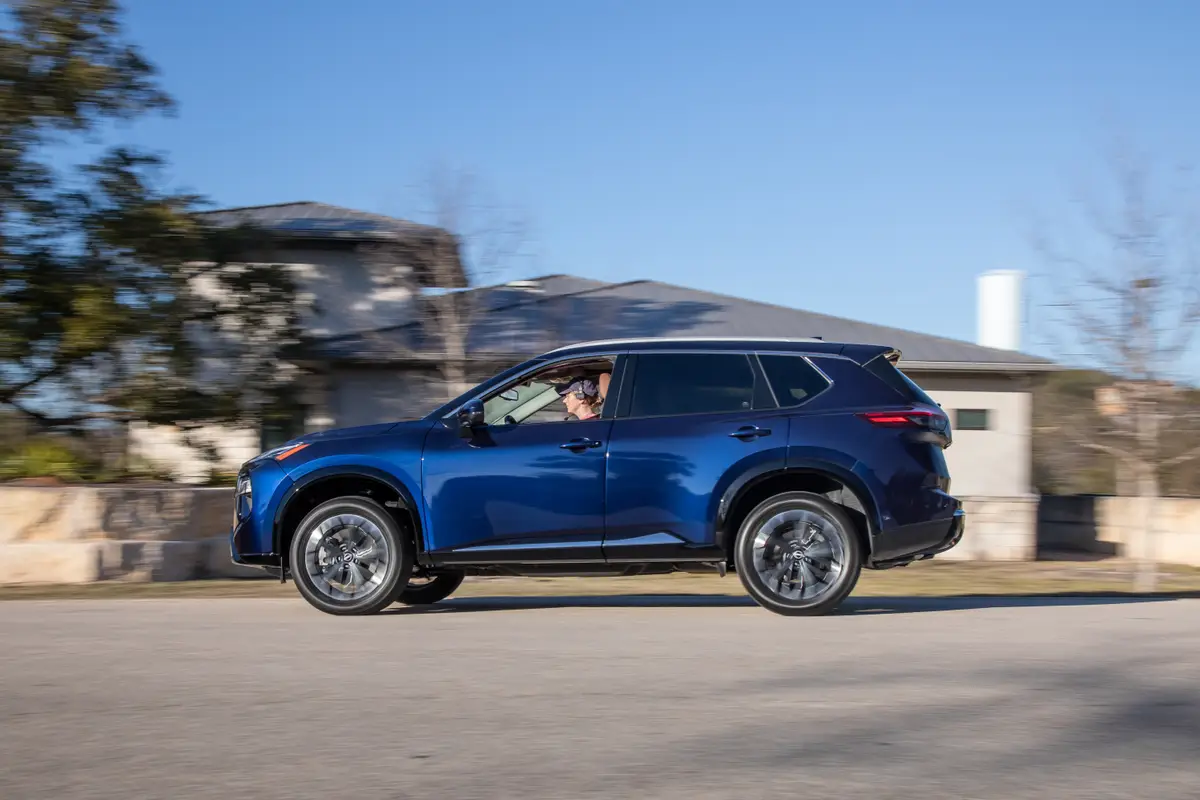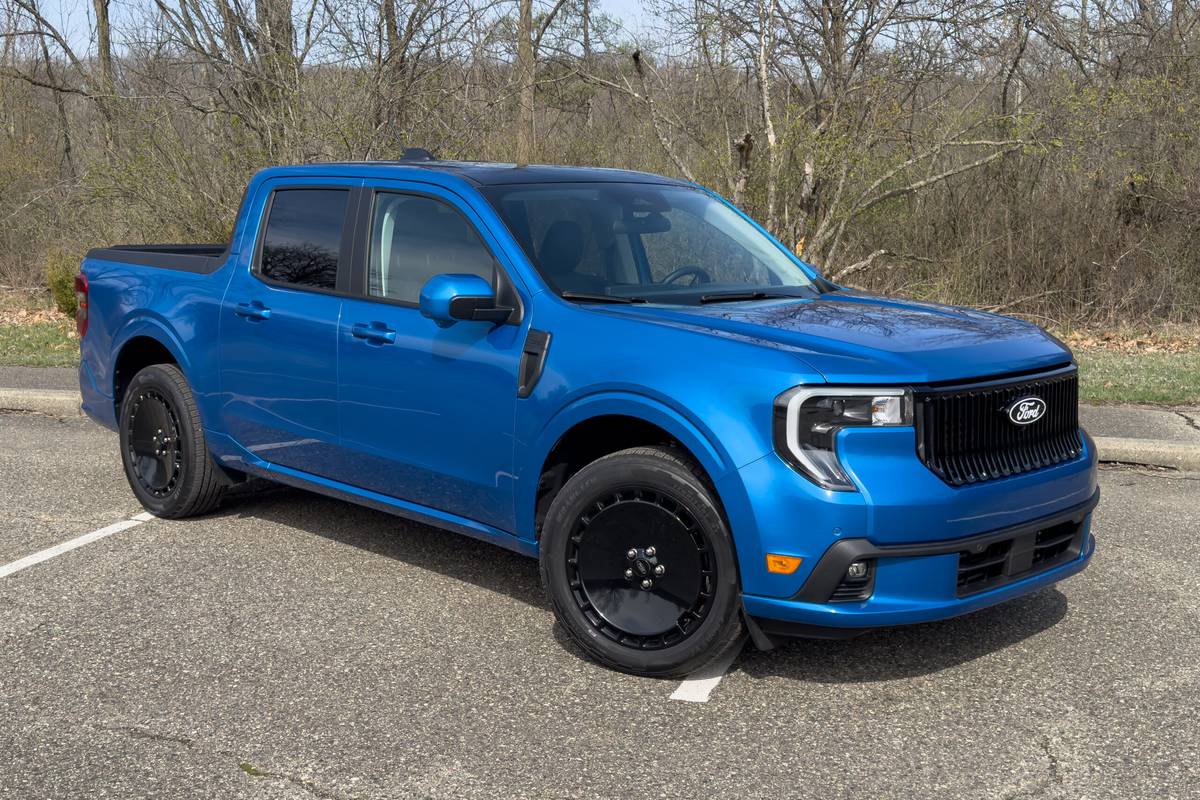washingtonpost.com's view
The concept of “entry-level luxury” was born in 1975 with the introduction of the Cadillac Seville compact car. It was an unwelcome child of convenience. General Motors, Cadillac’s parent, needed the Seville to help bring the company’s gas-guzzling Cadillac division into compliance with the federal government’s new corporate average fuel economy (CAFE) standards.
But those standards were sales-weighted, meaning that GM could have produced all of the more fuel-efficient Seville cars it wanted. But if a public swilling cheap gasoline did not want them, it meant that Cadillac would remain a CAFE outlaw.
Americans preferred their Cadillacs with big V-8 engines. The Seville flopped. The same thing happened in 1982 with the introduction of the ill-fated, made-only-for-CAFE-compliance Cadillac Cimarron, which was an overdressed GM J-platform car better known as the Chevrolet Cavalier. The public gave it the boot.
Meanwhile, in Europe, Mercedes-Benz was developing a similar entry-level luxury strategy with its compact 190 car, introduced in 1982. Europe is not America. The European governments don’t impose CAFE rules, because they know they don’t work. Those governments, especially the British government, place high taxes on gasoline. They make you pay for things such as horsepower. Want more? You pay much more. And parking isn’t cheap, either.
The little Mercedes-Benz 190 was a success in Europe. Two years later, Mercedes-Benz decided to bring the car to the United States. Initially, that seemed like a horrible marketing error.
Americans high on cheap gasoline and illusions of status treated the 190 as the “poor man’s Mercedes.” Indeed, a former Washington Post colleague, a woman I still love and admire but who shall remain nameless in this space, sniffed: “Really, Warren, no one who truly can afford a Mercedes would buy that little car. It’s not a real Mercedes. It’s corporate pandering to the masses.”
But Mercedes-Benz (and Cadillac, for that matter) persisted. Mercedes-Benz followed the 190 and 190E with a substantially improved C-Class compact in 1993. It had better looks, more luxury, better handling — and more power than its predecessor. It became a bestseller in America. Cadillac followed with its compact CTS, using the Mercedes-Benz strategy — better looks, better handling, more luxury — and more power. The CTS became a bestseller.
Mercedes-Benz continued to improve the C-Class, adding more power while simultaneously developing technology to reduce or at least control fuel consumption, and adding much more sex in the form of a new C-Class coupe.
Now, here in the overwhelming topographical beauty of Oregon, Mercedes-Benz has brought forth its fourth-generation C-Class lineup absent the coupe. No matter. The new C-Class Luxury and C-Class Sport sedans are stunningly beautiful — taut exterior lines softened by rounded surfaces; each with an interior that easily rivals those of substantially more costly automobiles.
I spent most of my time in the Sport version, which rides a bit lower to the ground and handles with greater precision than the Luxury model, which has a softer, less-aggressive stance on the road.
AMG is Mercedes-Benz’s high-performance division. There’s lots of AMG in the C-Class sport, including that wide-mouthed triple-slat grille with the humongous Mercedes-Benz star in the center — truly hip.
There are two engines and two transmissions available, including a three-liter, 228-horsepower V-6 for the C300 Sport and the C300 Luxury sedans. A six-speed manual transmission or Mercedes-Benz’s seven-speed automatic can be mated with that engine. I chose the C300 Sport with the seven-speed automatic, which shifted flawlessly, almost imperceptibly on numerous uphill and downhill runs.
The new C-350, with its 3.5-liter, 268-horsepower V-6, should please people who want more power and who are willing and able to spend the extra money to get it. That engine takes the seven-speed automatic transmission, which helps control fuel consumption.
Mercedes-Benz, like Cadillac, views its entry-level luxury cars as “gateways” to more expensive models sold under the Mercedes-Benz and Cadillac brands. I think both companies are wrong.
Times have changed. The entry-level-to-full-luxury strategy might have made sense back in the days, mostly in America, when gasoline was dirt-cheap. It might have made sense when countries such as China, India, Russia and Kazakhstan weren’t sucking up petroleum with the wantonness of their Western counterparts. But those days are long gone.
Nowadays, many people are quite content to settle into something as luxurious, safe and performance-worthy as the new C-Class without looking forward to upgrading to a more expensive, more consumptive Mercedes-Benz E-Class or S-Class car.
And CAFE a la America has nothing — zilch, nada — to do with that. It has everything to do with the rising price of gasoline.
2008 Mercedes-Benz C-Class
Complaints: Mercedes-Benz did not bring a C-Class with the company’s splendiferous, super-high-mileage, quite clean Bluetec diesel engine to Oregon. It was a political decision. The West Coast is still nanny-nanny-boo-booing things diesel. Here’s hoping that the company does not give into that foolishness. Bluetec works extremely well. If the Lefty Westies won’t take it, we’ll be happy to drive it and save fuel in the East.
Drive, acceleration and handling: For the tested C-Class 300 Sport, there was excellence in all three categories. I’d volunteer to drive this one cross-country in a heartbeat.
Head-turning quotient: Both the Sport and Luxury sedans are the best-looking C-Class models ever. But the HTQ winner is the Sport. It turns heads everywhere.
Body style/layout: The new C-Class cars are entry-level-luxury, compact sedans with traditional notchback trunks. They are available with standard rear-wheel-drive. But Mercedes-Benz’s 4Matic, all-wheel-drive system is an option worth considering.
Engine/transmission: The two available engines include the 3-liter, 228-horsepower V-6 with 221 foot-pounds of torque and the 3.5-liter, 268-horsepower V-6 with 258 foot-pounds of torque. The 3-liter engine can be mated to a six-speed manual transmission or a seven-speed automatic. The 3.5-liter engine gets the seven-speed automatic only.
Capacities: The C-Class cars have seating for five people. Luggage Capacity is 16.8 cubic feet. Fuel capacity is 17.4 gallons of recommended premium unleaded gasoline.
Safety: Antilock brakes, electronic stability and traction control, side and head air bags, electronic brake assistance, rigid body structure with reinforced side-impact protection are all standard.
Price: The 2008 C-Class models go on sale in the United States this fall. Prices have not been announced at this writing. But industry sources say base C-Class prices will range from the low $30,000 range to the low $40,000 range depending on the model.
Purse-strings note: This is a rare instance in which “C” stands for superior. Compare with BMW 3-Series and Cadillac CTS.
Latest news


2025 Nissan Rogue Review: Keeping the Compact SUV Crown

